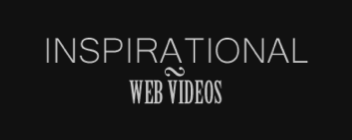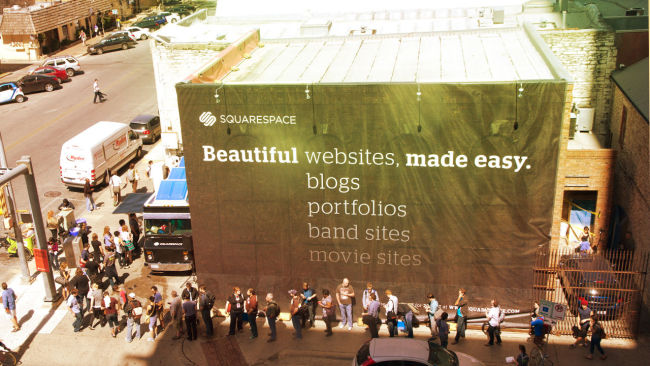10 thoughts on working for free in exchange for “exposure.”

A multi-billion dollar company wants my friend to do free work for them in exchange for exposure.
The company makes billions of dollars a year and wants to pay him zero dollars for the honor of working with them. This kind of thing often drives me crazy.
A lot of companies are doing that these days. “We won’t pay you for your designs, writing, photos, code, INSERT SKILL HERE, but it will be great exposure for you.”
The challenge is that sometimes it makes sense to do some free work. It’s not a black and white issue, there’s a whole lot of gray.
Here are 10 things you need to keep in mind.
1. If someone asks you to work for free because it will be great exposure, ask them to specify what that means. If they can’t, don’t. Don’t let “great exposure” be code for “we won’t pay you anything.” Click To Tweet
2. Exposure that can’t be detailed or explained is fake exposure. Here’s the difference: Real exposure = “We have a mailing list of 100,000 people and will send an email to everyone on March 9th with links to your site or social platforms.” Fake exposure = “Our people will love your work and will definitely check you out.” Get specific or don’t expect anything valuable.
3. It’s on you to make sure they deliver on the exposure. Don’t wait for the company to send out the email or post about your work. Do your best to be persistent without pestering.
4. Exposure comes in a lot of shapes and sizes. In addition to a new audience finding out about you, working with the right clients can legitimize you. If you need to build up your resume, the ability to say, “I worked with Apple” has real value.
5. If you’re going to be shy about using the street cred that exposure gives you, don’t bother doing the work for free. Exposure you don’t cash in on is useless.
6. Dear companies who take advantage of the free model, I just came up with a new idea. Here it is, “You get what you pay for.” When you demand someone work for free, don’t be surprised if the work isn’t amazing. If you wouldn’t work for free, why do you expect other people to?
7. Play the system. In some industries, to get your foot in the door you have to work a free internship. If that’s the case and you want the job bad enough, play the system. I would have loved to be paid for every speaking gig I did when I was starting out, but guess what? I wasn’t good enough to get paid. I had to earn that. That wasn’t failure, that’s how that process works.
8. Beware the free client. The most difficult and demanding clients I have ever worked with are the ones who wanted me to work for free or at a grossly reduced rate. I know that doesn’t make any sense, but I promise it’s true.
9. Volunteer for free when you want to. That’s ultimately what I dislike about this whole game, it removes your ability to be generous. Donate your time. Give your skills and talents to causes you’re passionate about. But don’t let someone force you to.
10. Joy is pretty amazing form of currency too. I still do some free work just because it’s fun. In the grind to build a business, don’t forget to smile.
Should you work for free? No. But also yes.
Do you deserve to be paid more for what you do?
Maybe, if you’re great at what you do.
To get great, read my New York Times Bestselling, worth $1,000 but on sale for only $15 book, Do Over.
Considering it took me 18 years of employment to write, that’s practically free.
But maybe I needed the exposure.
- - - - - -
Written by Jon Acuff
Source Article





 Post a Comment
Post a Comment

